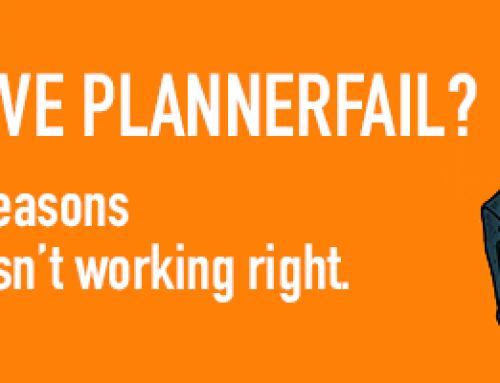A primary reason that many professional service providers fail to build thriving businesses is that they struggle to articulate in a clear and compelling way exactly what solutions and benefits they offer. They don’t know how to talk about what they do without sounding confusing or bland or like everyone else — and without using an elevator speech. You know, that 30-second commercial that’s supposed to wow someone with what you do in the time it takes an elevator to go from the first to the fifth floor.
I recently posted this article on the Huffington Post. You can read it here in its entirety as well.
A primary reason that many professional service providers fail to build thriving businesses is that they struggle to articulate in a clear and compelling way exactly what solutions and benefits they offer. They don’t know how to talk about what they do without sounding confusing or bland or like everyone else — and without using an elevator speech. You know, that 30-second commercial that’s supposed to wow someone with what you do in the time it takes an elevator to go from the first to the fifth floor.
No one wants to listen to your elevator speech
I’ve been polling audiences of thousands for years on this issue. During each speech I ask, “How many of you love, love, love listening to someone else’s elevator speech?” No hands go up. I then ask, “How many of you love, love, love giving your elevator speech?” Same thing. No hands.
So what gives? If we don’t like listening to or giving the speech, why is it still being taught? Because, of course, we need to be able to talk about what we do — I get the concept. However, in this case, the elevator speech has been inappropriately appropriated by the service professional. Not only does it not work well, it makes us look foolish, or, worse yet, obnoxious.
The elevator speech does not help sell professional services.
The elevator pitch is designed for the entrepreneur to pitch an idea to a venture capitalist or angel investor in the hopes of receiving funding, not for the service professional to try to build a relationship of trust with a potential client.
Venture capitalists often judge the quality of an idea on the basis of the quality of its elevator pitch. Makes perfect sense, in that situation. But this is not how a relationship develops between a client and a service professional. You’re trying to earn the status of a trusted adviser, not trying to raise money to create some new product like metal-detecting sandals. Totally different context. Totally different dynamic.
So, how do you talk about what you do?
By using this crazy concept that I call a conversation. You know when two people actually care about what the other has to say? Shocker, I know. Creative — but not scripted! — conversations will spark curiosity and interest about you and your services, products, and programs. If you know, and I mean really know, who you help, what challenges they face, how you help them, and the results and benefits they get from your services — you can talk about what you do any which way ’till Sunday; thirty seconds, three minutes, three hours, it doesn’t matter.
Or, you could go with an overblown, high-falutin, hyperbole-laden elevator speech that’s supposed to make you look like a rock star in 30 seconds. Unfortunately, I doubt the excessively exuberant elevator pitch is going to compel the listener to whip out his credit card right then and there.
Developing Your ‘Book Yourself Solid‘ Dialogue
Let’s put it all together with a simple five-part exercise that will help you talk about what you do.
Part I: Summarize your target market in one sentence.
Part II: Identify and summarize the three biggest and most critical problems that your target market faces (what they want to get away from).
Part III: Identify and summarize your target markets’ three most tangible desires (what they want to get to)
Part IV: Identify the number one most relevant result you help your clients achieve.
Part V: List the benefits your clients’ experience as an outcome of the result you provide.
You now have an outline that will help you clearly articulate what you do without sounding confusing or bland. In fact, you’ll sound like a superstar because you can use this outline or framework to have a meaningful conversation with another human being.
Reminder: this is not a speech. Don’t stay married to the format. Be sure to improvise. Using the structure can be helpful but you may not need to go through every element of this framework in every conversation. The person you’re engaged with might end up doing all the talking and even supply your side of the dialogue accurately. Then you can just sit back and relax. The point is, if you’re prepared with these five elements, you have the required ingredients for talking about what you do so you can cook up a sweet and tasty business, booked solid with high-paying, high-value clients.
——–
Called “an uncommonly honest author” by the Boston Globe and a “marketing guru” by The Wall Street Journal, Michael Port can be seen regularly on MSNBC and is a New York Times Bestselling author of four books including Book Yourself Solid, now in it’s second edition, Beyond Booked Solid, The Contrarian Effect and The Think Big Manifesto.






